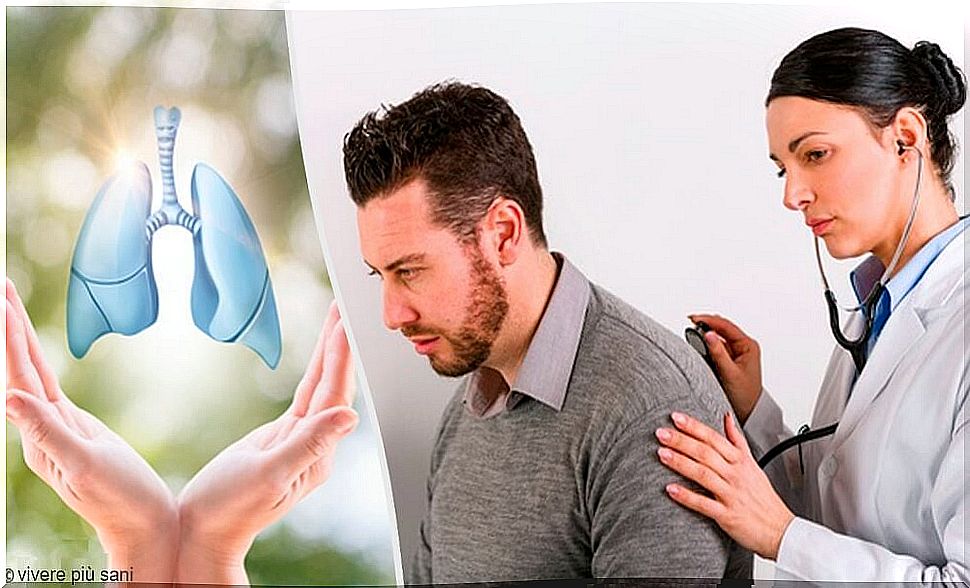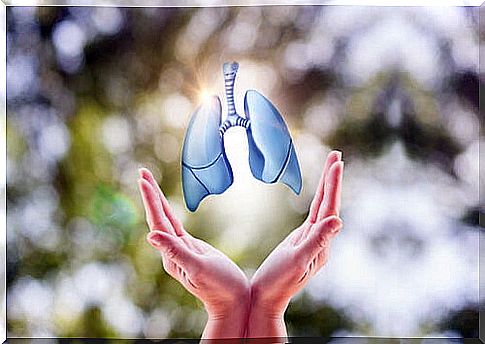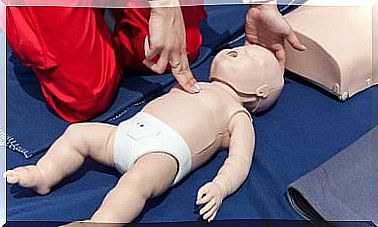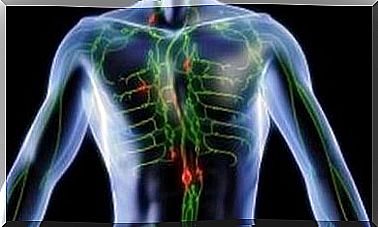Lung Cancer: Everything You Need To Know

The lungs are an essential part of the respiratory system. The air that is introduced through the nose or mouth passes through the trachea, reaches the bronchi and, finally, the lungs.
- As you inhale, your lungs fill with air, storing oxygen.
- When the air is released, carbon dioxide is produced.
But how does cancer originate?
It all starts on the cellular level. The cells divide to form new cells so that, when aged or damaged, they can be replaced. In some cases, however, this process occurs in an uncontrolled way, meaning that excess cells are produced. In this way, the tumor is born.
Non-small cell lung cancer is the most common type.
Types of cancer

Non-small cell lung cancer is classified into three subgroups, depending on the appearance of the cells visible under a microscope:
- Squamous cell carcinoma: it originates from squamous cells, that is, thin and flat cells similar to fish scales. It is also called epidermoid carcinoma.
- Large cell carcinoma: originates from large cells of different types.
- Lung adenocarcinoma: Affects the cells that line the alveoli and produce substances such as mucus.
Uncommon types: pleomorphic carcinoid tumor, lung carcinoma resulting from the salivary glands and unclassified carcinoma.
Risk factors
- 90% of lung cancer cases are attributable to smoking.
- It should not be forgotten that passive smoking is also an important risk factor.
- Inhalation of toxic substances such as, for example, arsenic, silicon or chromium.
Symptoms

There is no specific clinical picture in the case of lung cancer.
However, one or more of the following symptoms generally occur:
- Constant or worsening cough.
- Chest pain.
- Respiratory difficulties.
- Cough with bleeding, phlegm similar in color to oxidized metal.
- Continuous state of fatigue.
- Hoarseness.
- Weight loss for no apparent reason.
- Recurring infections such as bronchitis and pneumonia.
- Wheezing.
As the cancer moves to other organs, the patient may experience:
- Yellowish discoloration of the skin, due to the passage of liver cancer.
- Bone pain.
- Headache.
- Weakness in the legs and arms.
- Nausea.
- Convulsions.
- Presence of lumps in the lymph nodes, due to the accumulation of cells in the immune system.
If symptoms persist beyond three weeks, it is imperative to go to the doctor and have a chest x-ray.
Once the results are obtained, a detailed medical history, physical examination, and other laboratory and diagnostic tests are carried out.
Diagnosis
- Physical exam: Doctors check the patient’s general health and if any lumps or other unusual signs are detectable. Habits, family history and any previous illnesses are taken into consideration.
- Laboratory tests and biopsy: samples of blood, urine, tissue and other biological materials are taken.
- Diagnostic imaging: includes tests such as CT scan, magnetic resonance, Pet.
- Genetic tests: they aim to search for genetic mutations that can be related to the onset of specific types of cancer.
Note: the diagnostic procedure must be indicated by the specialist doctor, since not all tests are useful or necessary, in addition to presenting a certain degree of risk.
Treatment

Lung cancer treatment changes depending on the severity and the affected area. It includes:
- Surgery: Surgery is performed for the purpose of removing cancerous tissue.
- Chemotherapy: consists of a drug treatment to be taken orally or intravenously. It is the most used treatment.
- Radiotherapy: Cancer is attacked by means of high-energy radiation.
- Biological therapy: involves the use of biological drugs, designed to block the spread of cancer cells in a targeted way.
Prevention
- Don’t smoke and avoid secondhand smoke.
- Increase your consumption of fruits and vegetables.
- Exercise regularly.
- Avoid wood stoves: the substances that are released during combustion are harmful.
- Try to get away from highly industrialized areas.
- Cut down on alcohol consumption.
- Undergo an annual medical check-up to detect any abnormalities.
As always, prevention is better than cure.









